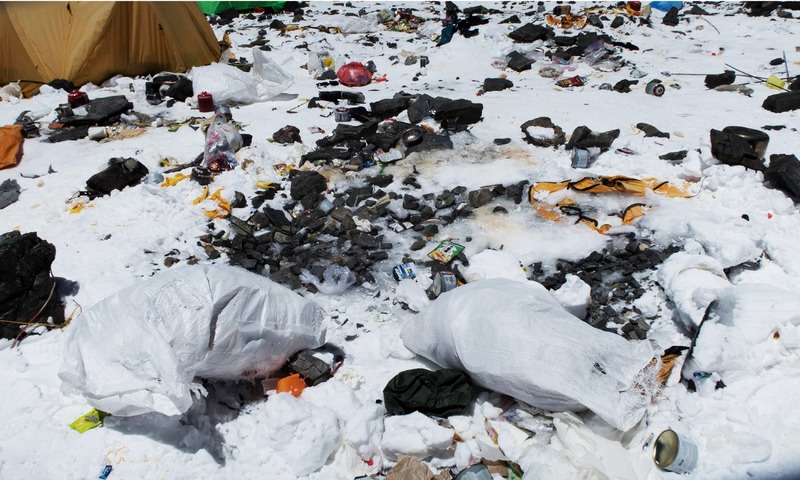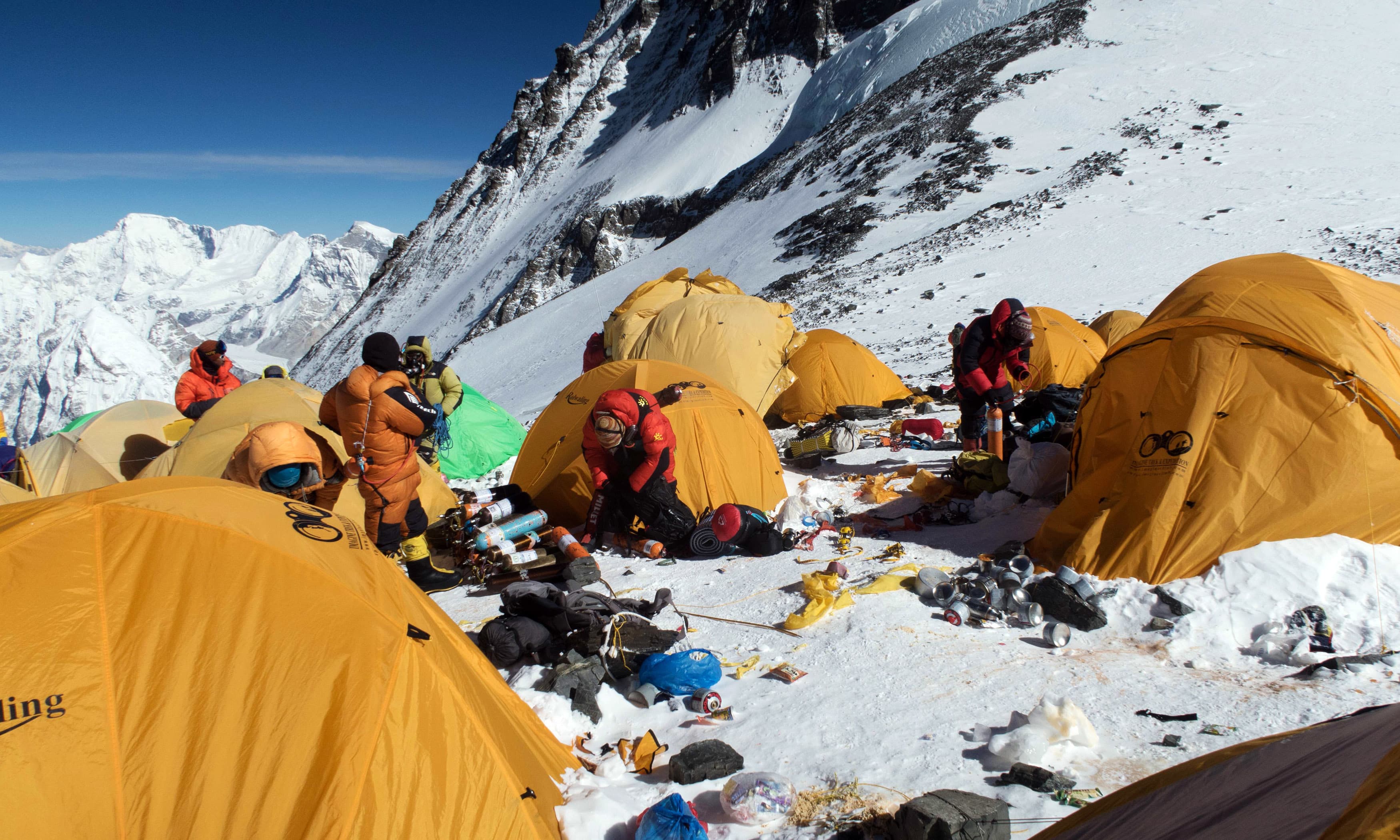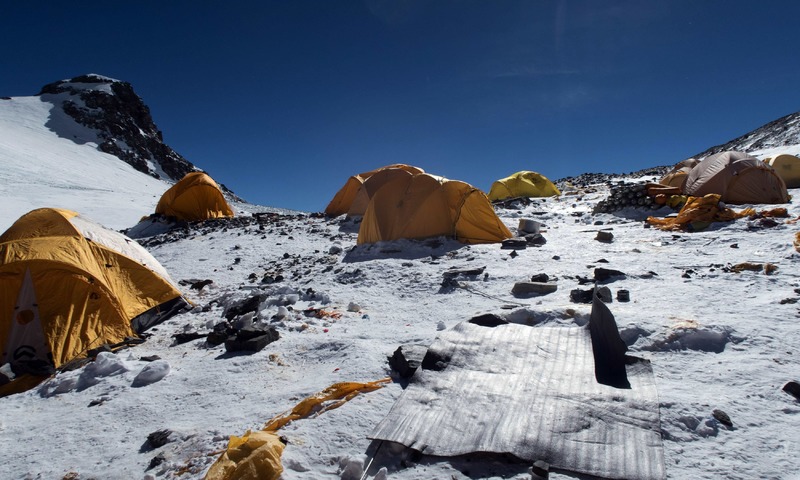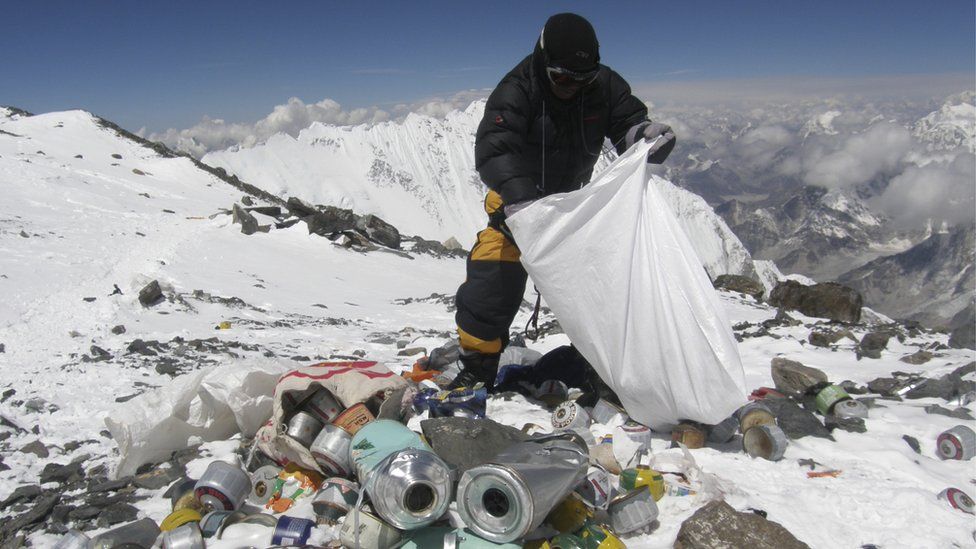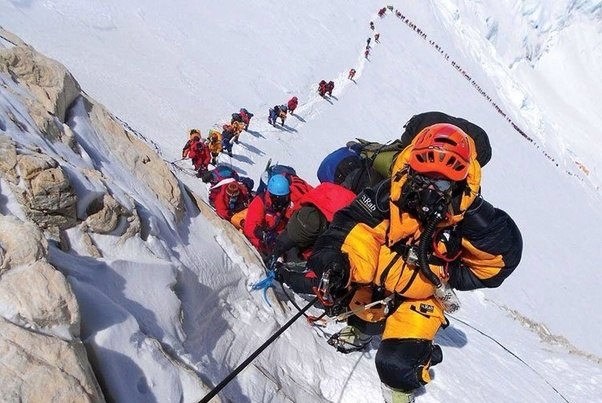Shocking Photos Reveal How Mount Everest Looks Like The Aftermath Of A Pasar Malam
High mountain of... trash.
Mount Everest in Nepal stands in all its glory and beauty as the world's highest mountain and one of the seven natural wonders of the world
It is a check off the bucket list for many who train hard and risk their lives to scale its summit.
While some achieved the challenging feat, hundreds have also died in pursuit of reaching its peak.
However, it still hasn't deterred climbers from spending big bucks to visit the iconic site, and decades of commercial mountaineering is turning Everest into... a huge rubbish dump
The increase of climbers in recent years worsens the problem, with at least 600 climbers having gone this year alone.
"I try to leave the mountain cleaner than I found it. But with so many people, no oversight and no mountain ethics, the problem is out of control," said 38-year-old Mexican climber David Liano Gonzalez, according to AFP.
Photos reveal just how bad it has become.
Discarded fluorescent tents, camping equipment, empty gas canisters, and human excrement trail the mountain's white landscape
It doesn't help that melting glaciers from global warming are also exposing decades of accumulated junk left behind by previous climbers.
"It's disgusting, an eyesore," Pemba Dorje Sherpa, who has summitted the mountain 18 times, told AFP. "The mountain is carrying tonnes of waste."
Five years ago, Nepal introduced a rule that a USD4,000 (RM16,000) team deposit would be refunded if each climber brought down at least eight kilos of rubbish
In 2017, some climbers brought down 25 tonnes of trash and 15 tonnes of human waste — the equivalent of three double-decker buses — according to the Sagarmatha Pollution Control Committee (SPCC).
But it's still merely a fraction of the amount of trash that gets strewn all over as many climbers would rather forfeit their deposit.
Sherpas, local high-altitude guides, are usually hired to carry heavy equipment such as tents, extra oxygen cans, and rope, while campers carry their own personal stuff during hikes
But now many can't manage and have resorted to having Sherpas carry everything for them instead.
"They have to carry the client's gear so they are unable to carry down rubbish," said Damian Benegas, who has been climbing Everest for more than 20 years.
Pemba added that some officials even accept small bribes and turn a blind eye to the waste.
"There is just not enough monitoring at the high camps to ensure the mountain stays clean," Benegas said.
It has not been easy trying to fix the issue, although some efforts have been taken
US engineer Gary Porter is looking into installing a biogas plant near Everest base camp that would turn climber poo into a useful fertiliser. There are no toilets on the way up so, climbers tend to dig holes and leave their waste there.
"I've been a part of Eco Everest Expeditions' for ten years. We have brought down more than ten tonnes of trash. I carry down my own poop in special bags," said Gonzalez.
The Government needs to motivate groups and to enforce stricter laws, said Ang Tsering Sherpa, former president of the Nepal Mountaineering Association, who believes that having a rubbish collecting team can be another solution.

